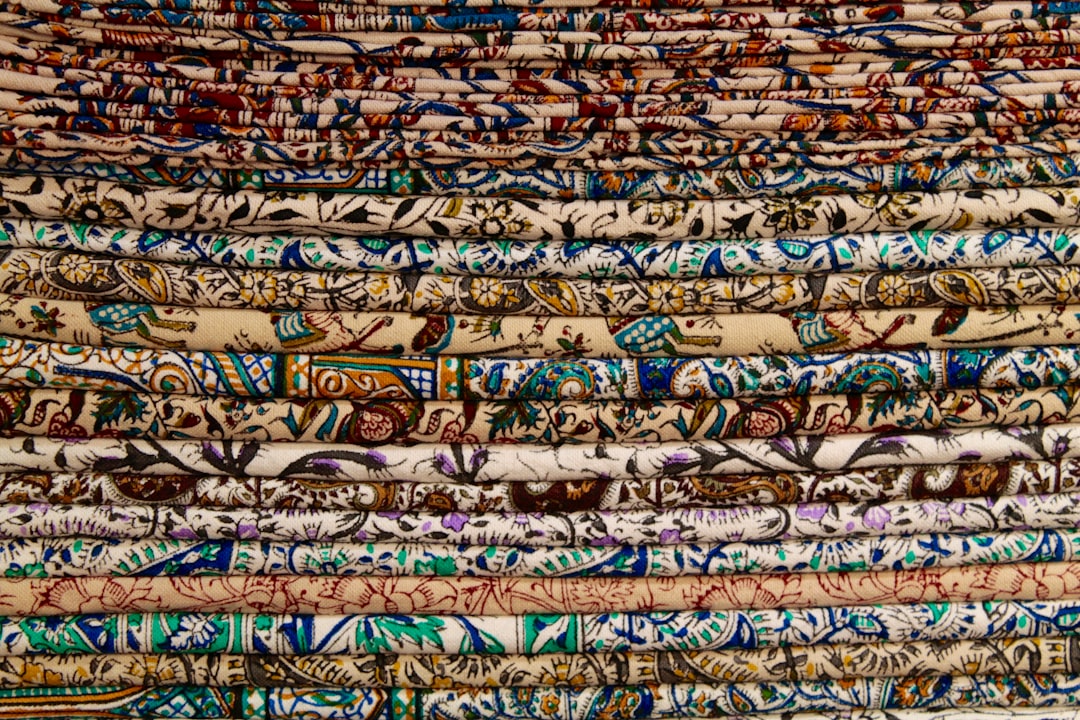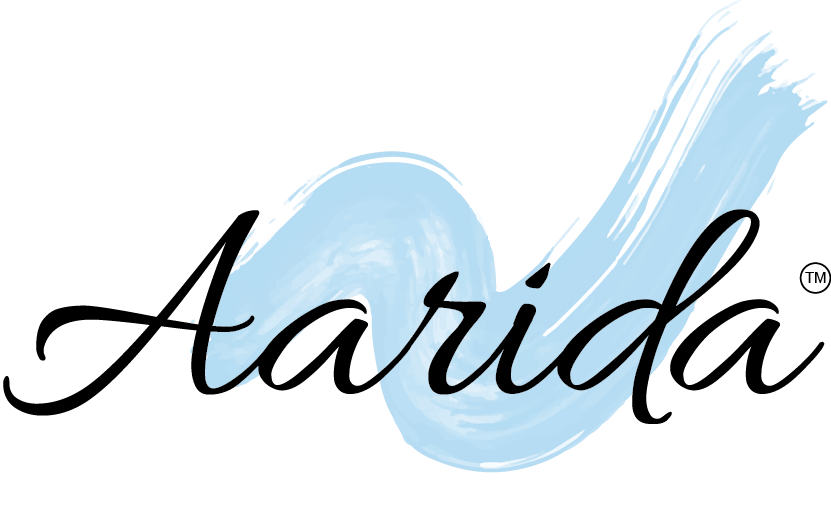When the world is droning with “sustainability” and “environment-friendly” as the newest massive trends of the future, for several centuries, countless crafts have existed in harmony with nature. Some things so refined that they do not glare out, yet so vivid that one cannot facilitate but appreciate the aesthetics in their creation. One such craft is the Ajrakh.
Traditionally, Ajrakh is the name of a block printed fabric with deep crimson red and indigo blue background, bearing symmetrical patterns with interspersed unprinted sparkling white motifs.
It seems that over time the word morphed from ‘Ajrak’ to ‘Ajrakh’, which in modern sindhi suggests that ‘leave it for today’. A saying that emerged from this translation is that Ajrakh printing is such backbreaking work that the artisans would say, ‘Aaj rakh do (Let this be for today),’ we'll do it later. This is another potential reason the fabric is thought as Ajrakh.

The term “Ajrak”, could also be derived from “Azrak”, which means blue in Arabic, as blue happens to be the one amongst the principal colors in Ajrakh printing. More than a material, Ajrakh is a Sindhi tradition, even found in gifts as a token of respect.
Ecosystem
The Ajrakh is typically about 2.5-3 meters long. The authentic Ajrakh is printed on each side by a technique known as resist printing. The printing is completed by hand with hand engraved wooden blocks. Many different blocks are used to provide the characteristic continual patterning. Creating the blocks is a substantial challenge since the pattern must synchronize perfectly with the whole of the Ajrakh as well as cover varied areas against dye.

The Ajrakh print is used within a grid, the repetitive pattern making a web-like design or the central jaal. Aside from this jaal, border designs are also used within the fabric. These borders are aligned both vertically and horizontally and frame the central field, distinguishing one Ajrakh from another. The lateral ends are written employing a wider, double margin so as to differentiate the layouts of borders.
Possibilities for Ajrakh
Unlike other processes of printing on cloth, where the color is applied on to the material, in Ajrakh block printing, the material is first printed with a resist paste and then dyed. The method is repeated again and again with totally different types of dyes, to eventually reach the ultimate pattern in the deep red and blue hues. This gradual method is also terribly time consuming: the longer an artisan waits before starting next step, the more vivid the final print becomes. Thus, the whole method might take up to two weeks leading to the creation of the attractive eye-catching patterns of the Ajrakh.

Water is significant to the production of Ajrakh cloth. Artisans take the cloth through a method which will involve over 30 separate steps as first the cloth is ready, then mordanted, then dyed. Through every stage the character of the water can influence everything – from the shades of the colors themselves to the success or failure of the complete method.
Process
Printing an Ajrakh needs time and patience. Printers prepare cloth for printing by tearing un-dyed cloth into nine meter lengths, laundry it to get rid of starches, wax and impurities and then dying.
- Blockmaking: motifs are carved onto a wooden block
- Printing the patterns onto the fabric
- Printed cloth is dyed
- Fabric is then washed and sun dried
Dye
Ajrakh craft products are created with natural dyes. The whole production of the products includes each of the vegetable dyes and mineral dyes. Indigo is a key dye.
Click to browse Aarida's Online Store.

